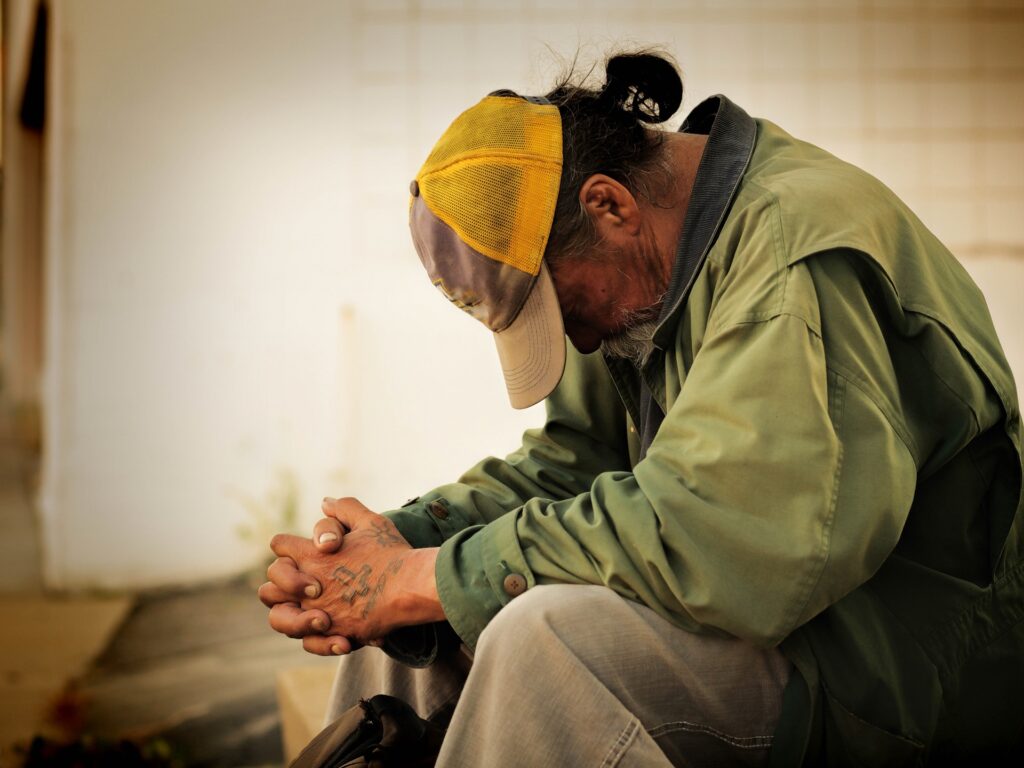
What are the 4 stages of emphysema?
Emphysema is a lung disease that damages the air sacs (alveoli) in your lungs. Normally, alveoli are little bubble wrap-like structures that stretch and transport oxygen to your bloodstream. The 4 stages of emphysema is a process once started unfortunately can have a drastic ending.
Once damaged, alveoli can no longer do their job. Instead, they become enlarged and fill with mucus. This makes it harder for you to get enough oxygen into your bloodstream and force carbon dioxide out of your body.
Stage 1 – Mild COPD
In this early stage, you may have no symptoms at all or have a dry cough that produces only small amounts of phlegm. However, it’s important to keep a close eye on your health and make sure your doctor is aware of any changes that occur.
Stage 2 – Moderate COPD
You may have more intense symptoms at this stage. You may feel achy, have more frequent infections and flare-ups, and have a hard time breathing when you’re active.
Stage 3 – Severe COPD
In this late-stage stage, your respiratory system is significantly weakened. Your shortness of breath and wheezing become more regular, you may produce thicker mucus, and you’ll have more chest infections and asthma attacks.
Stage 4 – Critical COPD
At this stage, your doctor will need to assess your symptoms and level of impairment using the GOLD criteria. This includes spirometry, which measures how much air you can exhale in a single second. Your doctor will also consider the severity of your symptoms and how often you experience flare-ups or exacerbations.
How fast does emphysema progress
What Are the Risks?
Emphysema is caused by long-term exposure to lung irritants like cigarette smoke and chemical fumes, secondhand smoke, exhaust from burning wood and other environmental factors. It’s also genetic (inherited) and age-related, with most cases showing up in people between 40 and 60. How fast the progression of emphysema will depend on the treatment and how you react to it.
How Does it Start?
Your lungs have millions of tiny air sacs called alveoli, which are like individual bubbles that inflate and deflate as you breathe in and out. These air sacs are critical for your lungs to swap oxygen and carbon dioxide, keeping blood oxygenated and helping your body’s tissues function properly.
When the alveoli in your lungs get damaged, they can break and become large, instead of a cluster of many small air sacs. This makes it hard for your lungs to exchange oxygen and carbon dioxide, leading to shortness of breath and other respiratory problems.
What Are the Early Symptoms?
During the early stages of emphysema, you may have a combination of shortness of breath and fatigue. As your symptoms worsen, you may also have trouble catching your breath, wheezing or coughing and other breathing difficulties.
What are the Treatments?
Inhaled steroids, bronchodilators and anti-inflammatory aerosol sprays may help relieve shortness of breath. Oxygen therapy, pulmonary rehabilitation and nutritional therapy can also be helpful.
What is the Different Stages of emphysema?
Early-stage emphysema is usually diagnosed with a test that measures your lungs’ ability to take in and release oxygen. This test is called spirometry. It can also be done with a computerized lung function test, a CT scan or a lung biopsy. These tests can help doctors decide if you have emphysema or another lung disease.
Stages of copd life expectancy
The life expectancy of people with COPD varies widely, depending on several factors, including their age and health. But a person with mild-stage COPD who follows a treatment plan may have a good quality of life for 10 or 20 years after diagnosis.

Your COPD Stages
The severity of your COPD is determined by a doctor who uses the Global Initiative on Obstructive Lung Disease (GOLD) system to assess you in grades or stages. This is based on results from a breathing test called spirometry, which measures how well you can breathe in and out of your lungs.
Stage I Mild
You have stage I if your FEV1 (forced expiratory volume in one second, a measure of lung function) is above 80% of the normal value for someone of your age, sex, height and race. During this stage, you may experience a mild cough or shortness of breath but don’t notice the symptoms much.
Stage II Moderate
You’ve reached stage II when your FEV1 is between 50% and 80% of the normal value for you. Your symptoms become more intense, such as a more persistent cough and wheezing, as well as more frequent flare-ups called exacerbations.
Stage III Severe
You have severe COPD if your FEV1 is less than 20% of the normal value for you. You may notice a more persistent cough, shortness of breath, and difficulty breathing during physical activities. The disease may also cause a lot of mucus to build up in your lungs. You may have trouble sleeping, too.
Average age of copd death
The average age of people dying from COPD has been on a steady rise. This has been partly caused by increased awareness of the disease.
It also may be due to improved diagnosis and treatment of COPD. Many strategies are now available to reduce deaths from COPD.
Some of these include:
Managing COPD at any stage
If your COPD is mild and you have it well controlled, you may be able to live for years. You should talk with your doctor and care team to make sure you know what to expect.
Long-term COPD is harder on your lungs and can cause you to feel poorly. It can also affect your heart.
Respiratory failure and heart problems are two of the most common causes of COPD death.
Getting your COPD diagnosed at an early stage can help you get more treatments that may slow or stop the progress of the disease.
The best way to manage your COPD is to stay smoke-free and to take steps to prevent respiratory infections. These include:
Drinking lots of water, reducing your stress levels, and quitting smoking.
Avoiding contact with others who have respiratory illnesses is another important part of your COPD care plan.
Your doctor will check to see if you have signs of end-stage COPD, which can mean you are no longer improving with treatment or that you are at risk of dying. Despite a slowing in the rate of COPD deaths, it remains one of the leading causes of premature death in the United States. It is an important public health challenge that needs to be addressed.
If you liked the article, please donate!
